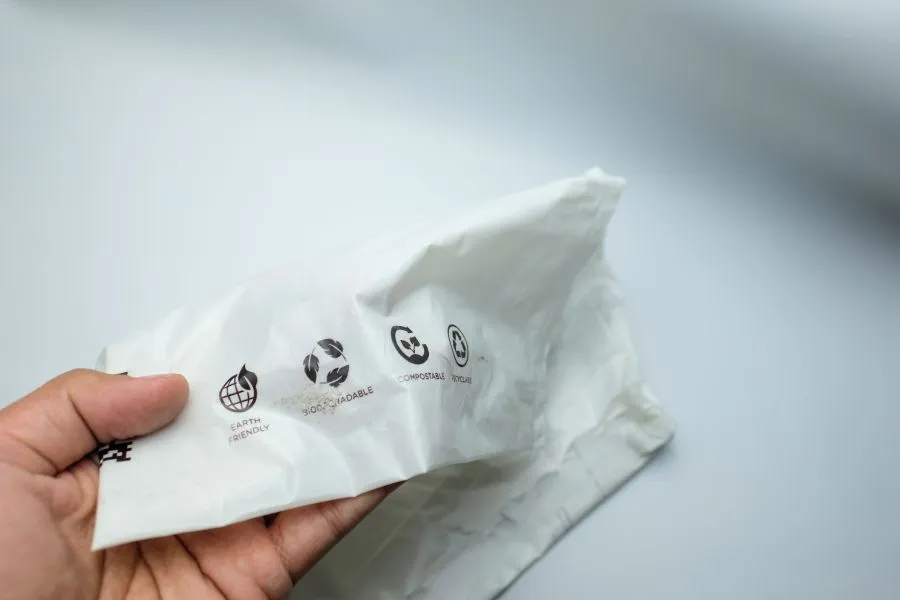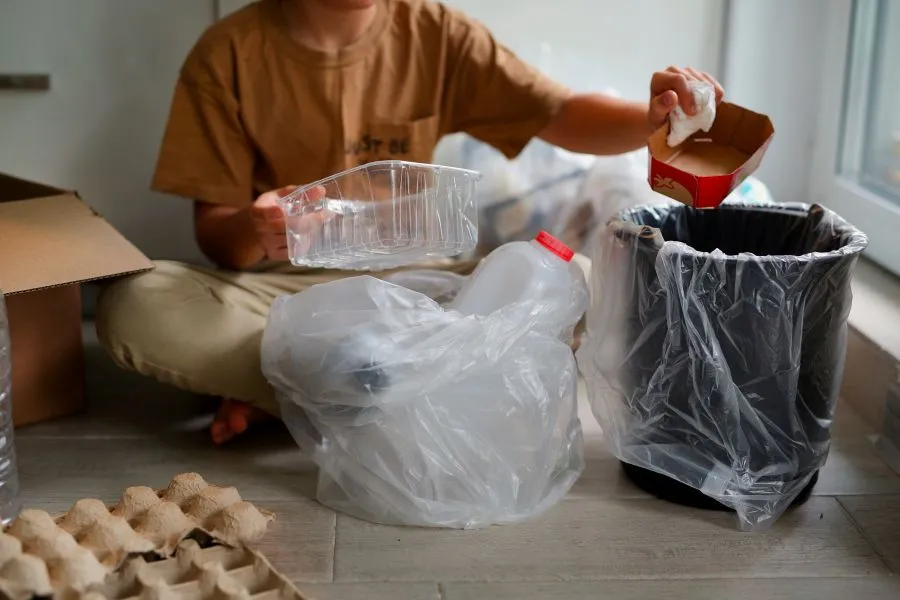Bioplastic circularity: Experts split on most effective disposal method
Key takeaways
- Limited infrastructure, consumer confusion, and variable material types make disposal pathways complex.
- Industry experts disagree on whether composting, recycling, or reuse offers the most effective end-of-life solution for bioplastics.
- Specialists argue that recycling and composting must be complementary, supported by smart design and better waste systems.
Bioplastic solutions are increasing as the industry and consumers seek material alternatives that can mitigate the carbon footprint of virgin plastic. However, bioplastics can often be challenging to dispose of, with various options depending on the material and local waste management infrastructure.
Packaging Insights speaks to Aimplas, Avantium, and Oceana about viable options for the end-of-life management of bioplastics, including composting, recycling, and reuse.
Antonio Ordovás, packaging researcher at Aimplas, points out that in 2024, bioplastics accounted for “barely” 0.5% of the 414 million tons of plastics produced globally. He adds that although the estimated capacity for bioplastic production is 2.47 million tons, the actual production only reached 58% of that figure (1.44 million tons).”
He acknowledges widespread consumer confusion surrounding the disposal of bioplastics, but notes that there is no “single right answer.” National and regional waste management systems, as well as the type of bioplastic, are important factors that determine disposal methods.
Challenges to composting
One method for disposing of bioplastics is composting, but experts are divided on whether composting is truly an effective circular solution. Not all bioplastics are compostable, and scaling the technology needed for composting can be challenging.
Ordovás explains that packaging made from PLA, PHA, or starch-based blends can be transformed into compost to improve soil fertility.
“Italy has shown what is possible: by mandating the use of compostable bags for organic waste more than a decade ago, it has turned bioplastics into allies for managing bio-waste. The main challenge, however, is that this system requires suitable industrial facilities and separate collection, something that is still lacking in many countries,” he says.
However, one problem for Oceana’s senior scientist, Dr. Kimberly Warner, is that bioplastics labeled as “biodegradable” do not biodegrade in all conditions.
 Oceana's Warner explains that bioplastics labeled as “biodegradable” do not biodegrade in all conditions.“No bioplastics are certified to completely break down in the cold marine environment. Nature is never a place to dispose of these materials. Compostable bioplastics often require the high heat of industrial composting facilities to break down.”
Oceana's Warner explains that bioplastics labeled as “biodegradable” do not biodegrade in all conditions.“No bioplastics are certified to completely break down in the cold marine environment. Nature is never a place to dispose of these materials. Compostable bioplastics often require the high heat of industrial composting facilities to break down.”
Similarly to Ordovás, Warner notes that effective composting facilities are not common in the US.
Avantium’s chief technology officer, Dr. Gert-Jan Gruter, asserts that “composting waste plastics is not a sensible solution.”
He explains: “The CO2 emissions from composting are equivalent to those from incineration, but incineration allows for energy recovery. Biodegradability becomes relevant only in scenarios where environmental littering is likely to occur. These include outdoor applications such as agriculture, fisheries, and forestry, as well as single-use packaging that lacks viable recycling pathways and therefore offers no incentive for collection.”
Scaling recycling tech
Another possible method to dispose of bioplastics is through recycling, which Ordovás says has become the most widespread method of disposal in Europe.
“Countries like Spain and Germany have developed selective collection networks and sorting plants that allow plastics to gain a second life. In this scenario, bio-based plastics that are chemically identical to fossil ones, such as bio-PET or bio-PE, have a clear advantage, as they can easily enter conventional recycling streams.”
Contrastingly, Warner argues that recycling bioplastics is not an adequate solution, as when mixed with conventional plastics like PET, bioplastics can contaminate the entire recycling stream, resulting in a load sent to landfills. “Disposal in the trash may be the best option for many of these materials.”
For Avantium’s Gruter, effective end-of-life management of plastics is rooted in reuse. “To enable widespread reuse, we need to develop more robust plastic materials that can withstand industrial cleaning processes at temperatures of 80–90 degrees Celsius.”
 Recycling and composting are complementary parts of the same waste management strategy, Ordovás explains.He adds: “Following reuse, plastics should ideally be recycled in closed-loop systems. In this context, polyesters, particularly PET, have a clear advantage over polyolefins due to their superior recyclability.”
Recycling and composting are complementary parts of the same waste management strategy, Ordovás explains.He adds: “Following reuse, plastics should ideally be recycled in closed-loop systems. In this context, polyesters, particularly PET, have a clear advantage over polyolefins due to their superior recyclability.”
Complementing strategies
Bioplastics are seen by some as a solution to reducing reliance on fossil fuel-based virgin plastics. Warner stresses that bioplastics can still pollute the environment.
“Given bioplastics’ persistence in the ocean, toxic chemicals, and inappropriate disposal, single-use bioplastics are not a better alternative to single-use fossil fuel-based plastic.”
“The real way to reduce reliance on fossil fuels is to produce less single-use plastic and invest in non-toxic reuse and refill systems,” she says.
Aimplas’ Ordovás explains that the disposal of bioplastics must be researched in conjunction with material type, application, and waste management systems.
Moreover, he argues that market data and regulatory requirements all point to the complementary nature of recycling, compostability, and reuse in the waste management of bioplastics.
He concludes: “The key point is to understand that recycling and composting are complementary parts of the same strategy. For them to work, three ingredients are essential: smart material design, the right infrastructure, and a well-informed consumer.”
“Only then will bioplastics be able to deliver on their promise of reducing waste and closing cycles in a more sustainable way.”











